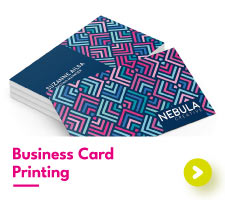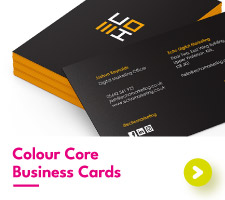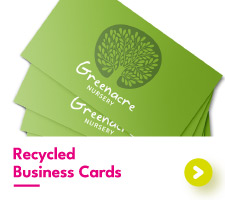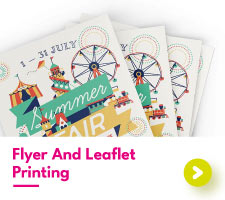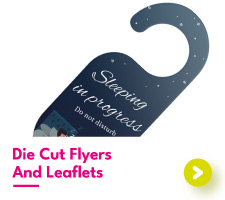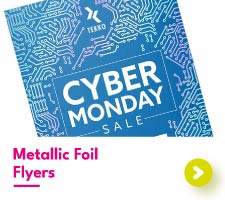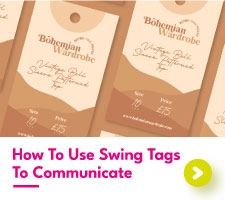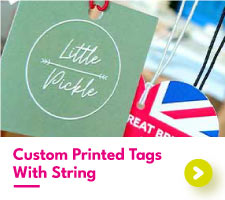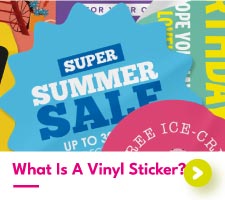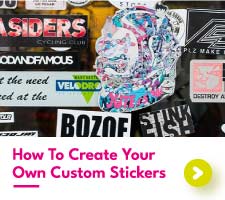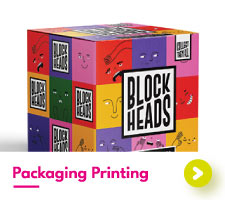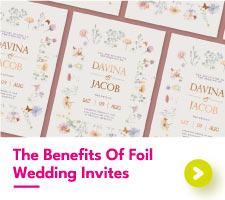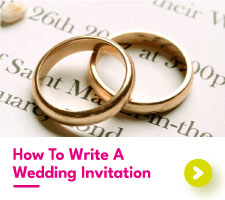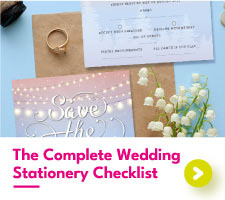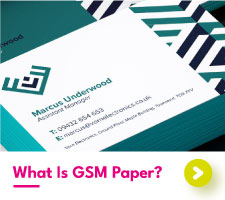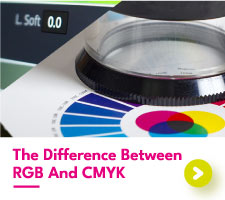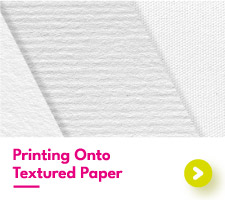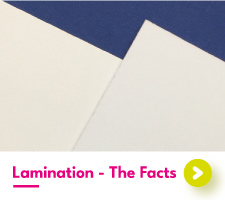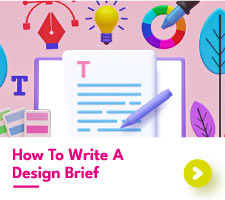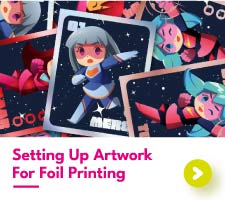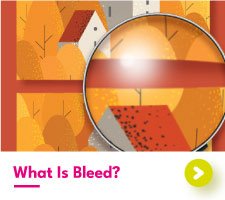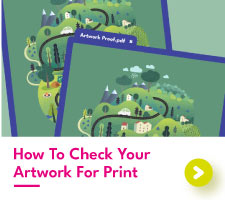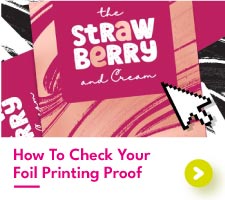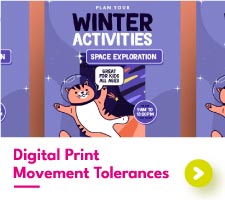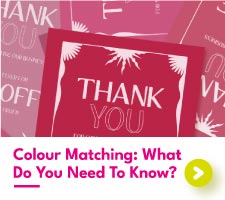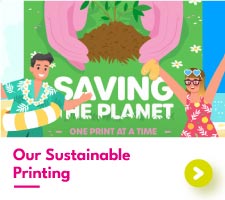Brochure printing: stitched, wiro or perfect bound?
Brochure printing: stitched, wiro or perfect bound?
Printed brochures are all around you in different forms.
Magazines, manuals and multi-page menus are all forms of brochures, just with different binding methods to hold their pages together. The three main binding finishes that we offer on our printed brochures are stitched, wiro and perfect bound.
Let's take a look at each binding process in turn, and where you're most likely to see these various bindings in use:
Stitched
Stitched bound brochures are folded sheets inserted inside each other, then stitched or stapled usually at two points along the spine. (You may also see them referred to as saddle stitched booklets or brochures.) They have limitations: always a minimum of 8 pages, and usually no more than 64 pages, depending on paper weight (brochure thickness). This is because the stitch/staple doesn't have the strength to punch through much more than a few millimetres of paper, meaning that bigger stitched brochures would fall apart.
Wiro
Wiro bound brochures are built to last, using a lightweight wire spine to hold their pages together. Also known as spiral bound brochures, they often feature clear plastic covers and backboards, with metal or plastic spirals holding punched and collated pages together. Manuals, for example, are usually made using wiro binding. The result is a hard-wearing brochure that can stand up to a bit more travel and rough handling in daily life, making them especially well suited to more industrial workplaces, for instance.
Perfect
Most magazines are perfect bound, which is essentially the same method that you'll find in the world of book binding. Their pages are printed and collated into order, and a cover is then wrapped around the outside and glued down the spine. Perfect bound books have neat spines with 90-degree corners, a minimum of 4mm thick for the cover to bite the pages when glued. Any less, and the book would fall apart. As with most high street magazines, perfect bound brochures can have hundreds of pages and no visible fixings. They're effectively the Rolls Royce of finished brochures, often with laminated covers for a mix of style and durability.

 USA
USA FR
FR
